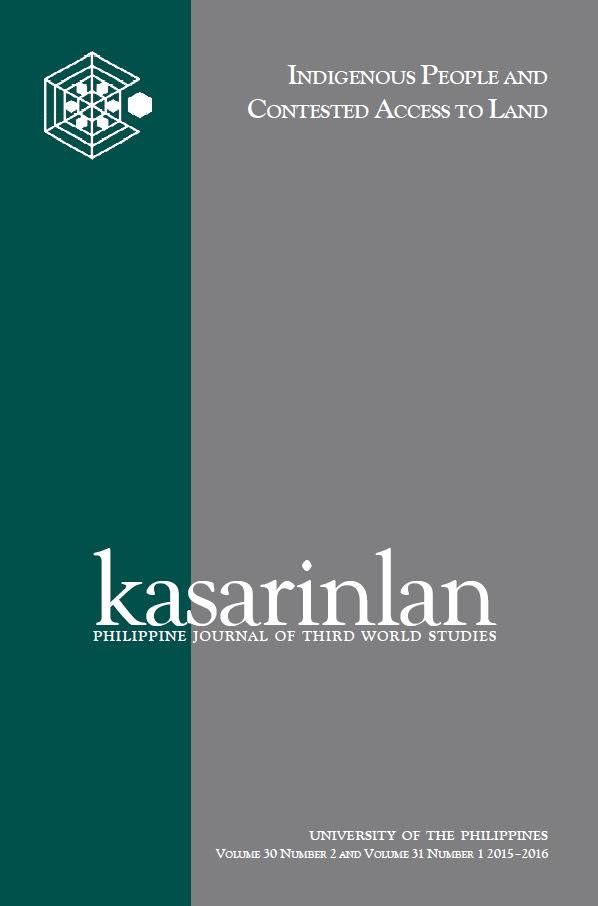Driven into the Trap: How Indigenous People Move Toward Individual Land Titling in Central Kalimantan, Indonesia
Abstract
For the last twenty years, many efforts have been made by indigenous peoples and local communities in Indonesia to get legal recognition of their rights to land and natural resources. An Indonesian non-government organization, WALHI, held a workshop in Tana Toraja in 1993 where the term masyarakat adat (people governed by custom) was introduced to designate “indigenous peoples” (Davidson and Henley 2007); since then, the state, through national and local laws and regulations, has issued a number of formal recognitions (Warman 2014). Justice is the main issue raised by indigenous peoples’ organizations in demanding recognition (AMAN First Congress 1999, Second Congress 2003). Bearing the idea of justice and equality as the central issue of adat revivalism (Davidson and Henley 2007), indigenous people demanded recognition of their territory where they would exercise their communal rights over land rather than individual ownership. Almost in that same period, however, there has been a rapid promotion of individual land titling in indigenous communities. This paper argues that the process of individuation of land rights is driving indigenous and local communities into a trap that limits their options for land titling. There are five big forces that, if joined with individual preference, push members of indigenous communities to choose individual land rights: the state through its policies and regulations; mega development projects and their local dynamics; internal dynamics of the communities; the market; and globalization in communication.



